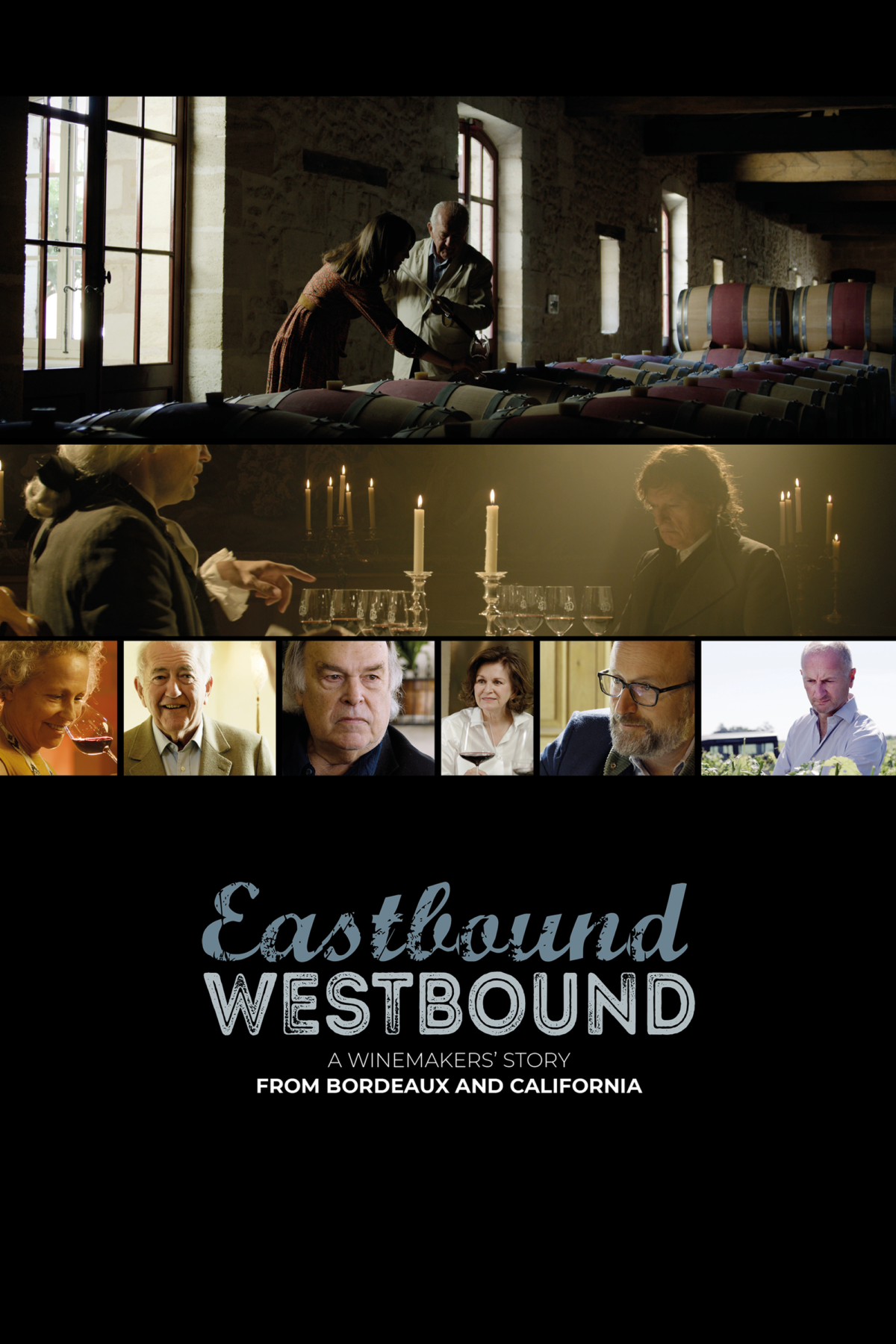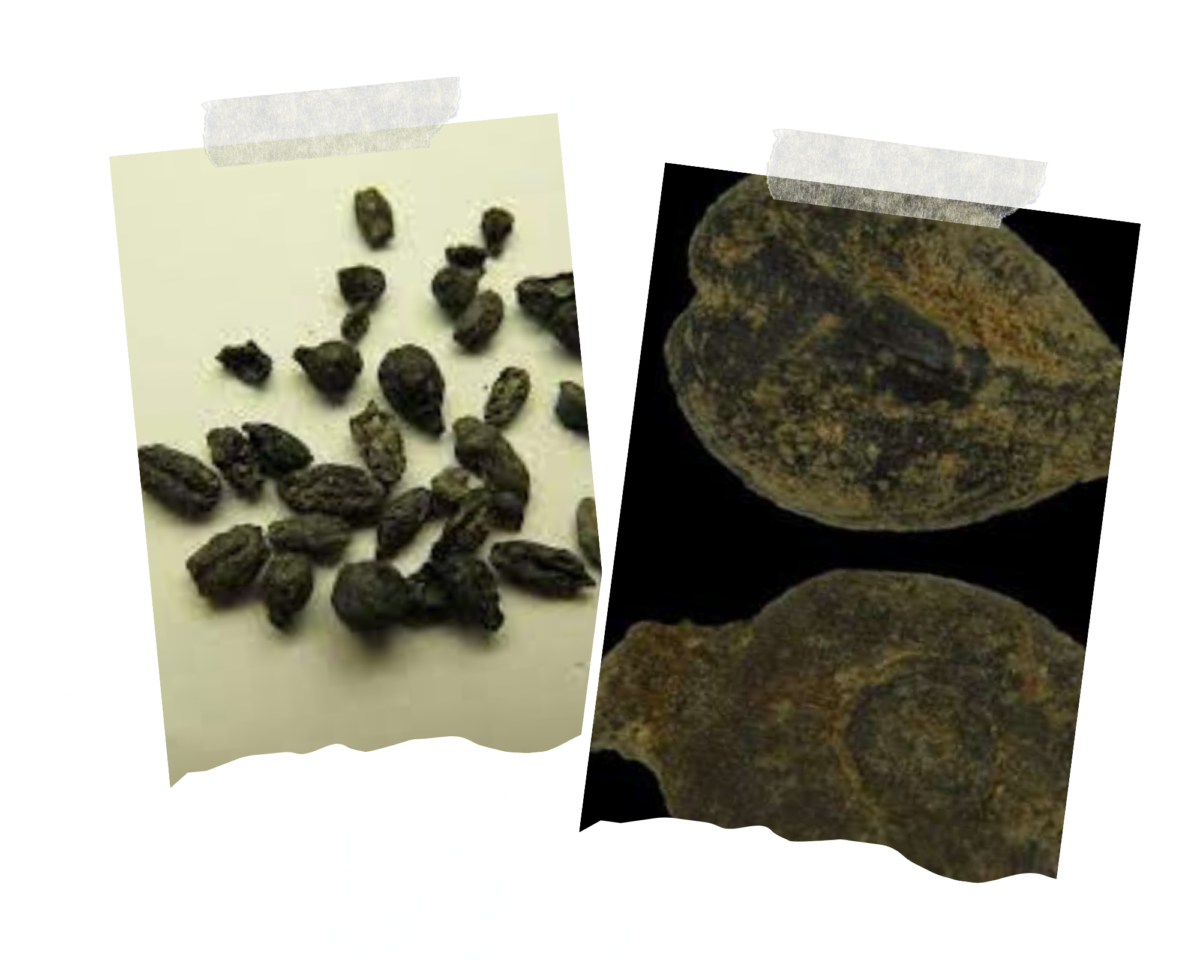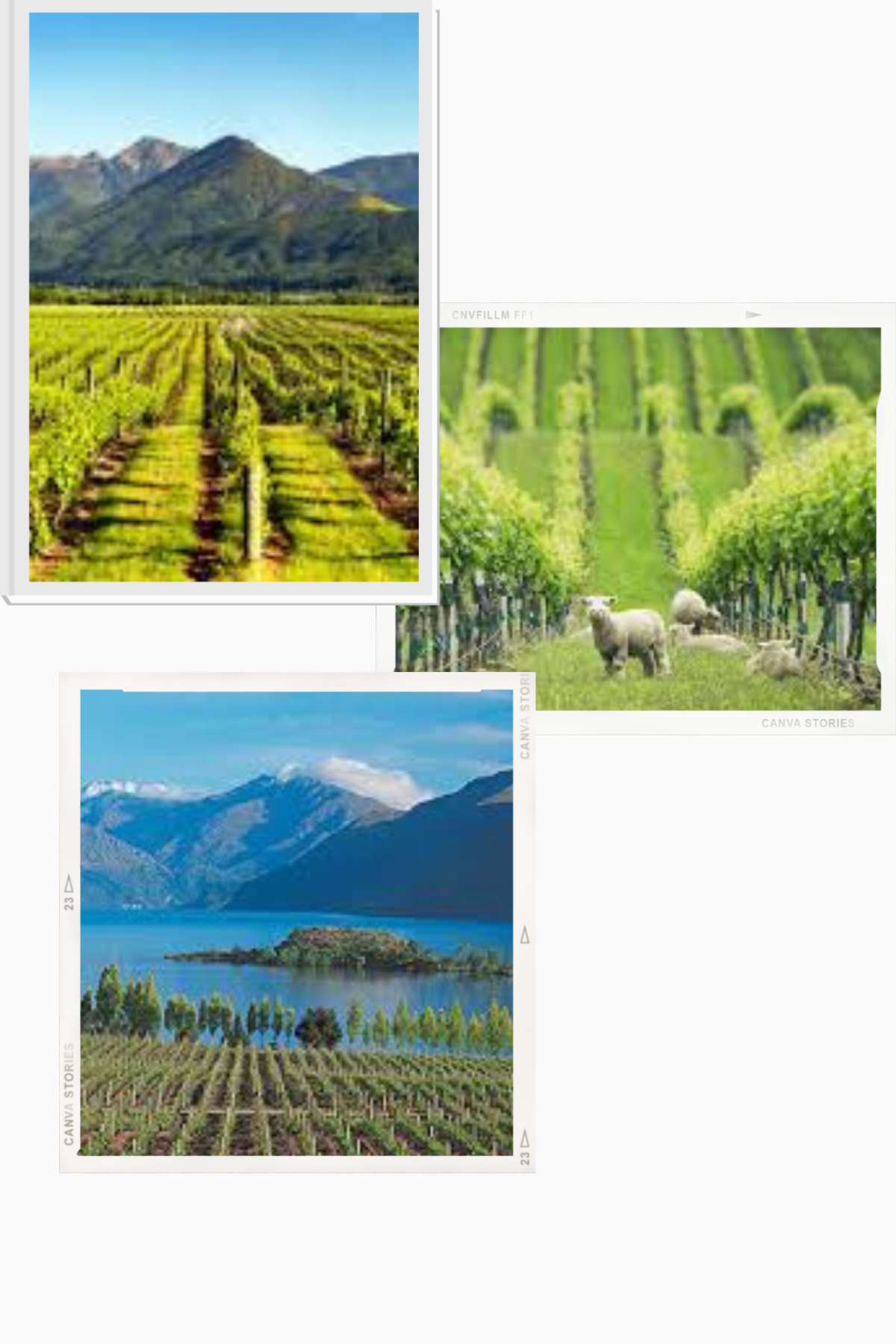E Studioz, and PMG Productions, co-producers of the documentary, offer a thrilling investigation, plunging the viewer into the heart of the history and culture of wine.
Bordeaux independent film producer, E Studioz, is launching on APPLE TV+ May 12 an original wine documentary that traces and demonstrates the historical and unwavering links between the United States and Bordeaux and their wines – Eastbound Westbound – A Winemaker’s Story. This modern and fast-paced cinematic documentary was conceived from an original idea by Gerard Spatafora and Frédéric Lot, co-written by Jeffrey Davies, and directed by Julien Couson, founder of PMG Productions.
An investigation like no other Eastbound Westbound lets the viewer understand how this Franco-American friendship around Bordeaux wines had its starting point in the 18th century around the greatest connoisseur of fine wines and lover of Bordeaux, Thomas Jefferson, US Ambassador to Paris, and the third President of the United States.

To better demonstrate Thomas Jefferson’s legacy, this intimate relationship between the two wine-growing continents is illustrated through interlinked portraits of distinguished wine families, from varied backgrounds, all sharing passion for wine. Leading players in their field, they produce some of the best wines in the world. These endearing and outstanding women and men are introduced in a more contemporary section by American wine merchant and former wine journalist Jeffrey Davies, an expert on the terroirs and winemaking fabric in Bordeaux and on the other side of the Atlantic. Jeffrey will meet and exchange about this relationship with the worldwide famous critic Robert Parker.
Commenced in 2020, this project was made possible through the support of four great and charismatic Bordeaux wine families, the main actors in this film, appearing as themselves in this opus. HRH Prince Robert of Luxembourg (Château Haut-Brion and La Mission Haut-Brion in Pessac-Léognan, and Quintus in Saint-Émilion), Alfred, Justine and Noé Tesseron (Château Pontet-Canet in Pauillac and Pym-Rae in Napa Valley), Claire and Gonzague Lurton (Château Haut-Bages Liberal in Pauillac, Château Dufort-Vivens in Margaux and Acaibo in Sonoma) and Denise Adams (Château Fonplégade in Saint-Émilion and Adamus in Napa Valley) are the cornerstones of this first episode. These charismatic families, all major wine producers, were drawn by the spirit of entrepreneurship while taking risks to taste the “California dream” Other well-known American names have taken the opposite path by investing in the Bordeaux vineyard, the true epicenter – in reputation as well as in know-how – of world viticulture.

Awards Received
April 2023 – the film received three awards by The Annual TASTE AWARDS, Hollywood, California. Often called “The Oscars of Food, Fashion and Lifestyle Media”, The Annual TASTE AWARDS are the original awards for the Lifestyle Entertainment Industry, and the highest awards for creators, producers, hosts, and directors of Lifestyle Programs, Series, Shows & Cinema.
Eastbound Westbound – A Winemaker’s Story, received the following awards :
- Special Achievement Honoree Award Winners – Spotlight Award;
- Film Category Taste Award Nominee Best Feature-Length Film or Documentary; and
- Best Director Craft Awards Nominee.
Eastbound Westbound Website: https://eastboundwestbound.wine/
Watch the Trailer: https://eastboundwestbound.wine/watch-the-trailer/



